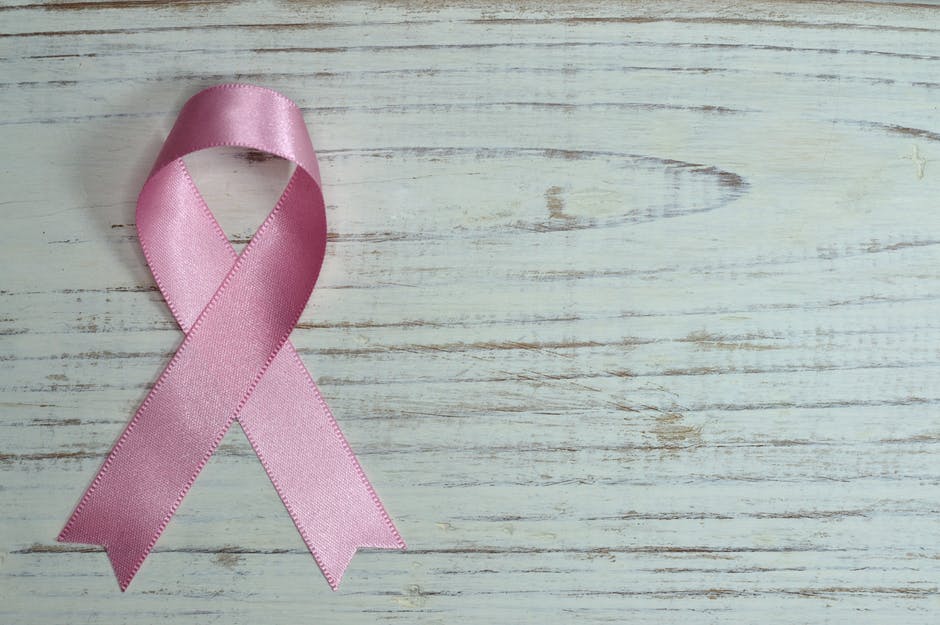This clinical trial tests the hypothesis that engineered human skin can reduce the requirements for harvesting of conventional skin autografts by providing more skin for grafting from the donor skin used to treat the wounds. In life-threatening burns (e.g. greater than 50% of the total body surface area), greater availability of skin may be definitive to patient survival, and may reduce scar formation at the donor site, and from use of widely-meshed skin autograft.
Official Title
Autologous Engineered Skin Substitutes for Closure of Burn Wounds.
Conditions
- Skin Wounds
Study Type
Interventional
Study Design
Treatment, Randomised, Open Label, Single Group Assignment.
Further Details
Primary Outcome Measures:
- The ratio of closed wound area to donor skin area for engineered skin substitutes compared to meshed, split-thickness skin autograft.
[Time Frame: Post-operative day 28+/-7]
[Designated as safety issue: Yes]
Secondary Outcome Measures:
- Qualitative outcome of scar formation of engineered skin substitutes or meshed, split-thickness skin autograft by the Vancouver Scar Scale which evaluates erythema (redness), pigmentation (color), pliability (softness), and scar height (smoothness).
[Time Frame: Post operative days 28+/-7 and 365+/-90]
[Designated as safety issue: No]
Study Start
February 1998
Eligibility & Criteria
- Ages Eligible for Study: up to 75 Years
- Genders Eligible for Study: Both
- Accepts Healthy Volunteers: No
Inclusion Criteria:
- Burns greater than 50% of the total body surface area (TBSA), including 10% TBSA full-thickness injury
- Subject is not septic
- Skin grafting expected after 3 weeks following the skin biopsy
- Informed Consent signed.
Exclusion Criteria:
- Subject is pregnant or lactating
- Subject is a prisoner
- Subject is mentally incompetent
Total Enrolment
155
Contact Details
Steven T Boyce, PhD
513-872-6080
Steven.Boyce@UC.edu
Location:
University of Cincinnati
Cincinnati, Ohio
United States, 45230
All content and media on the HealthEngine Blog is created and published online for informational purposes only. It is not intended to be a substitute for professional medical advice and should not be relied on as health or personal advice. Always seek the guidance of your doctor or other qualified health professional with any questions you may have regarding your health or a medical condition. Never disregard the advice of a medical professional, or delay in seeking it because of something you have read on this Website. If you think you may have a medical emergency, call your doctor, go to the nearest hospital emergency department, or call the emergency services immediately.





